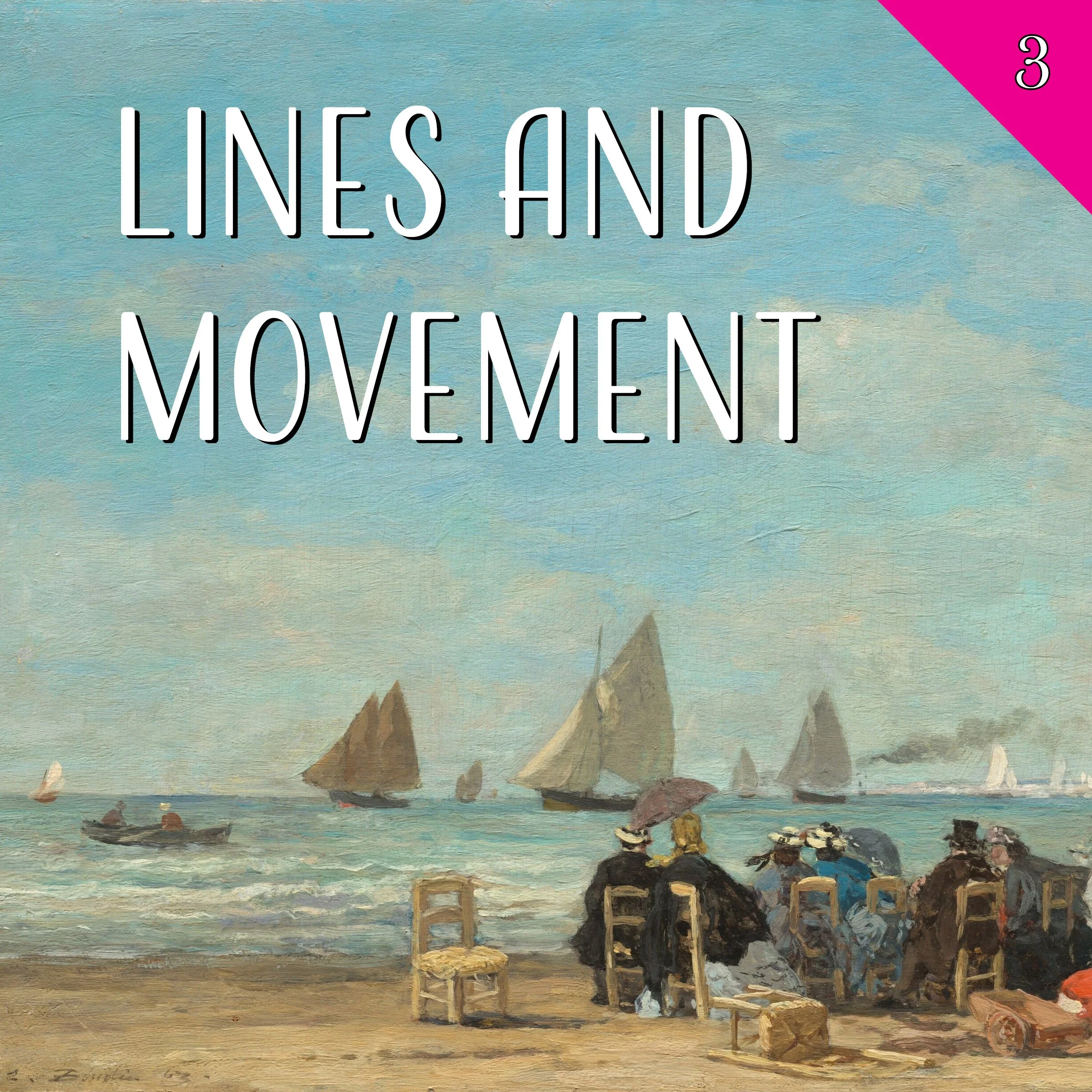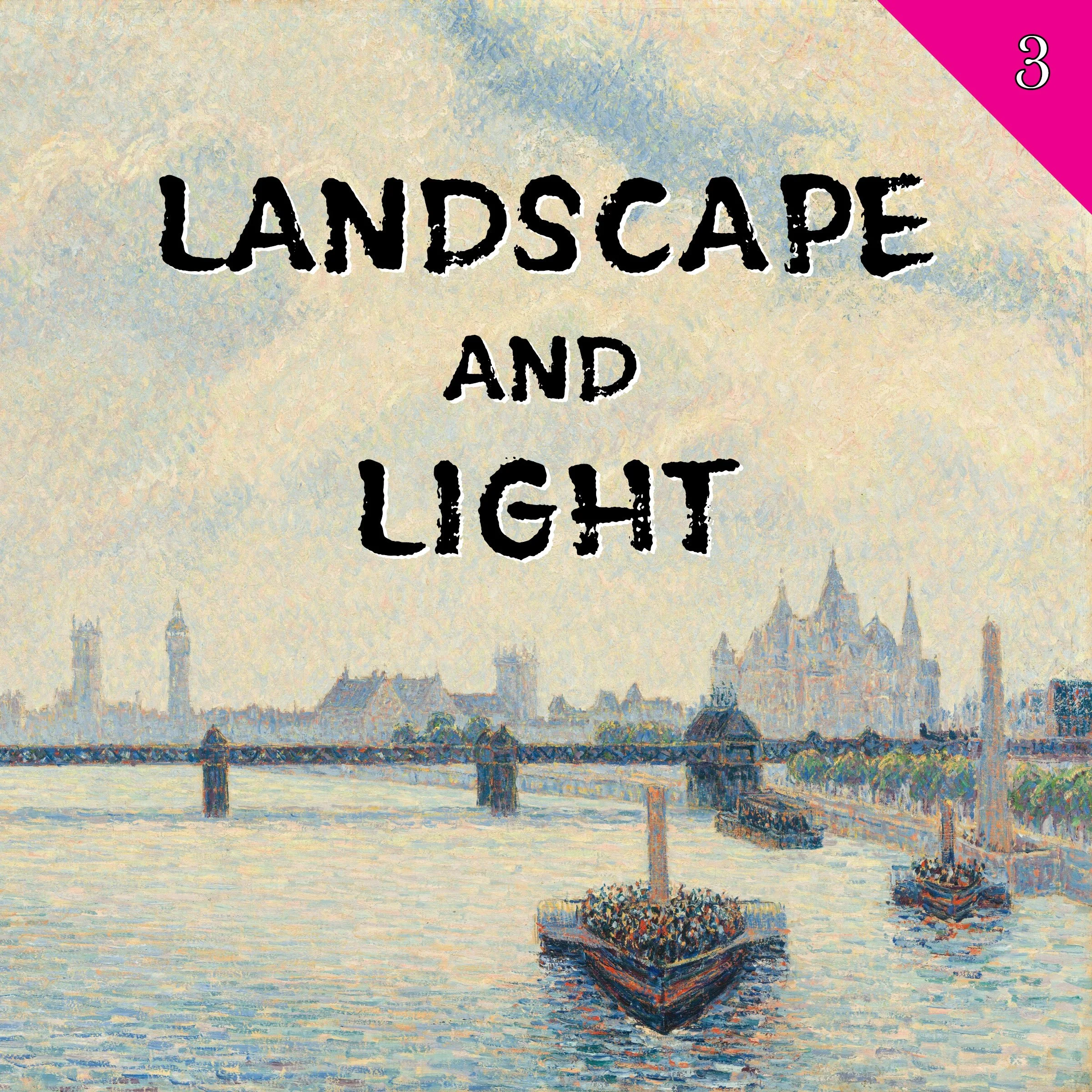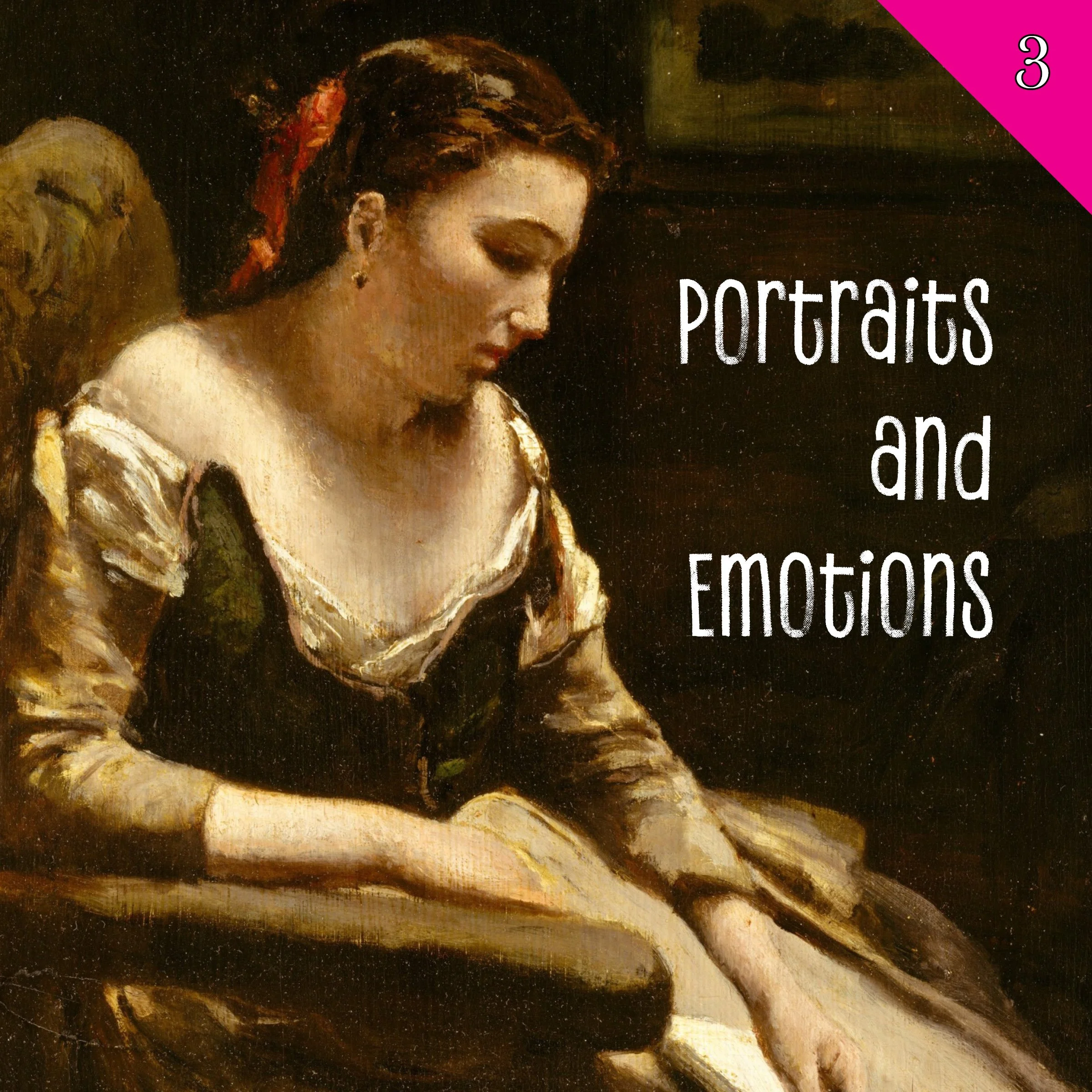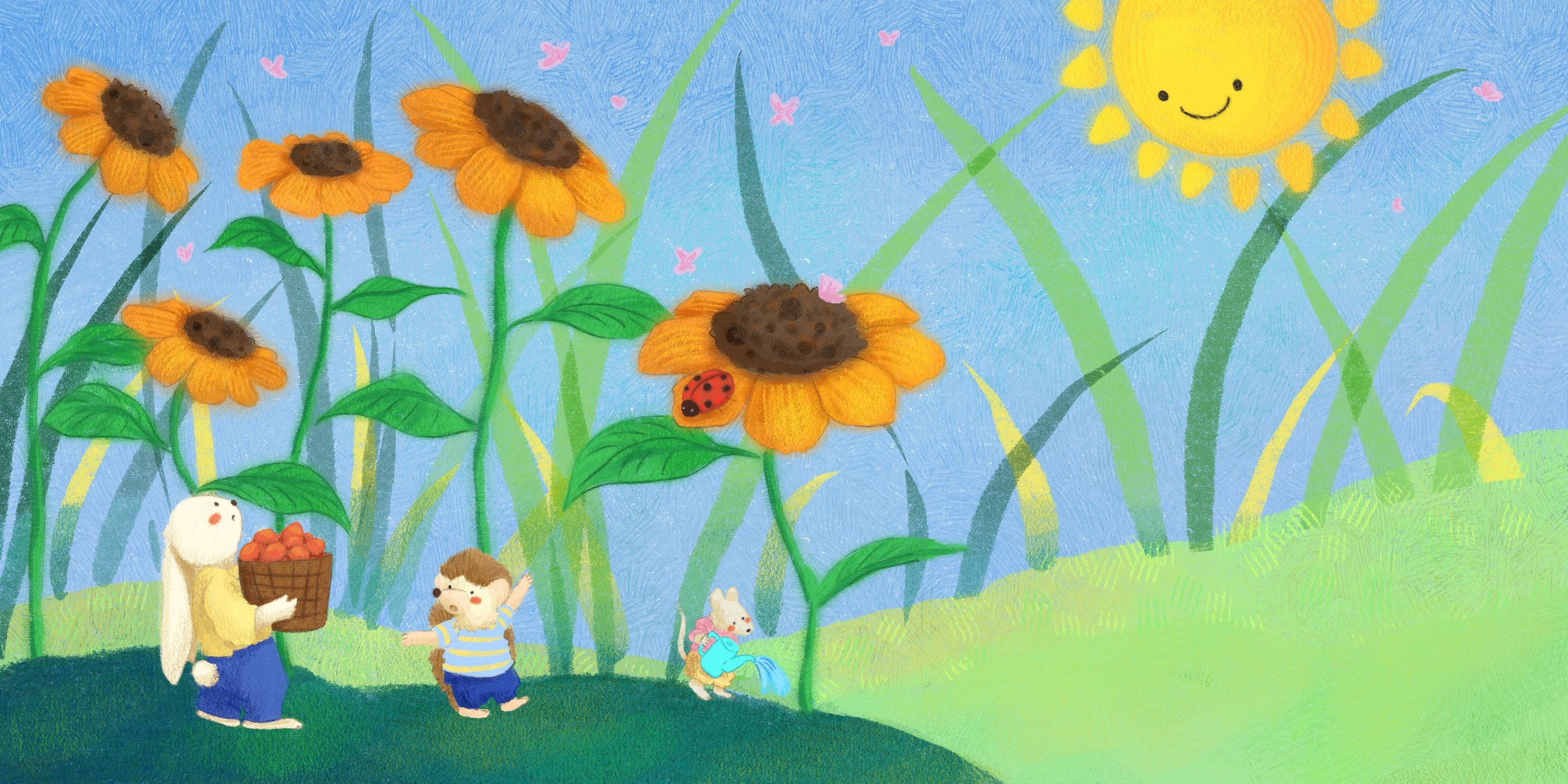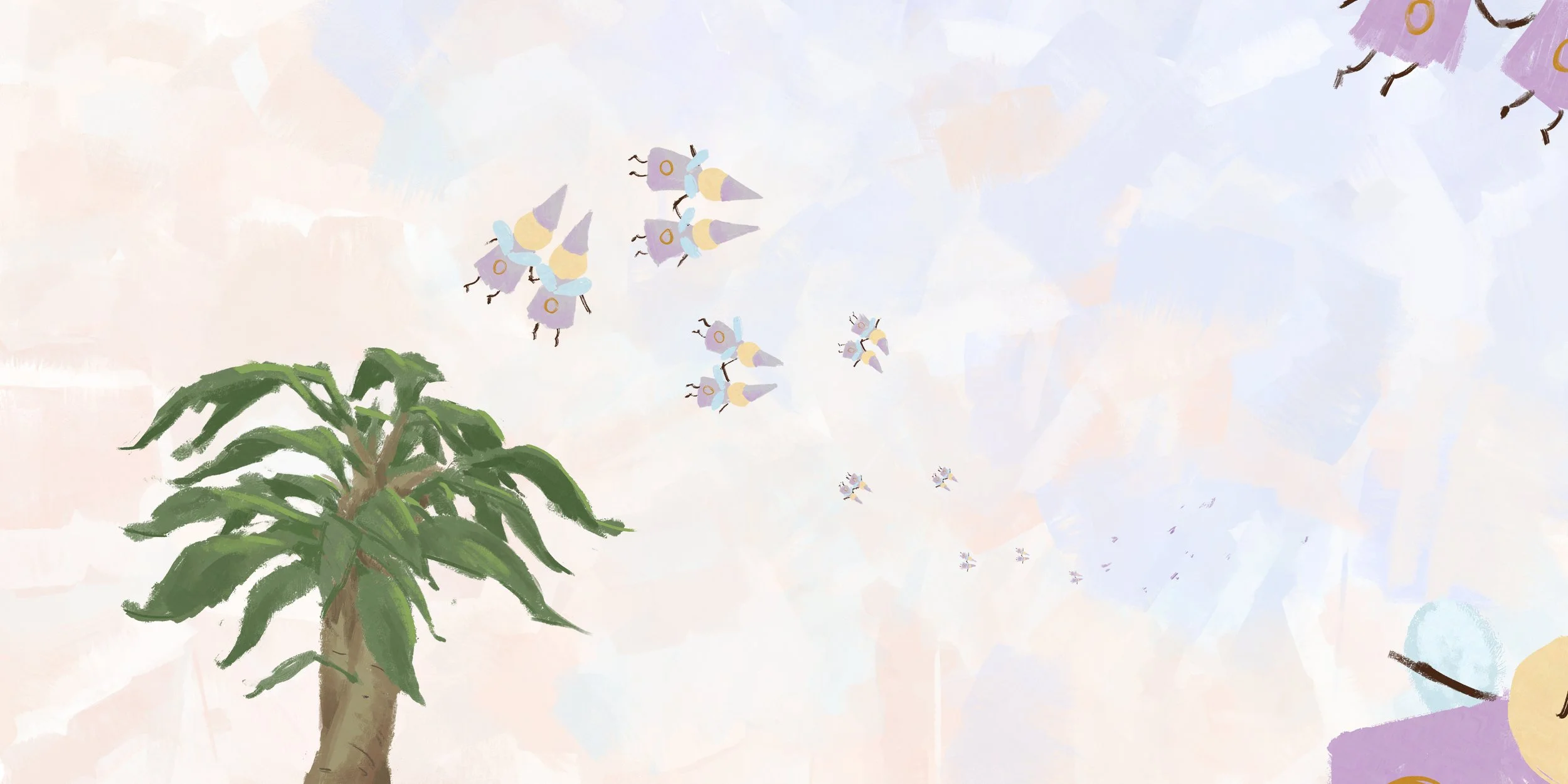
The StoryBee Art Journey
Get Your Art Published
The StoryBee Art Journey is a comprehensive visual learning program designed to guide students from foundational drawing skills to creative mastery and portfolio development.
Our curriculum is structured into three clear phases, each building upon the last, empowering students to grow technically, conceptually, and artistically.
Part 1: Foundations in Traditional Drawing & Visual Literacy
Core elements of drawing—line, shape, space, form, color, and texture—while developing essential observational skills.
Homework Gallery - For Students and Parents Only
Part 2: Digital Illustration & Art Principles
In this stage, students are encouraged to move beyond replicating what they see. Instead, they learn to interpret, to imagine, and to convey meaning through visual choices. They experiment with composition, symbolism, and creative risk-taking, discovering how even subtle shifts in tone or gesture can dramatically impact the story their artwork tells.
What students learn:
An in-depth exploration of visual design and illustration using digital tools. Concepts such as balance, rhythm, scale, depth, and unity are introduced and applied to composition and storytelling.
Illustrate Your Creativity
Procreate Education
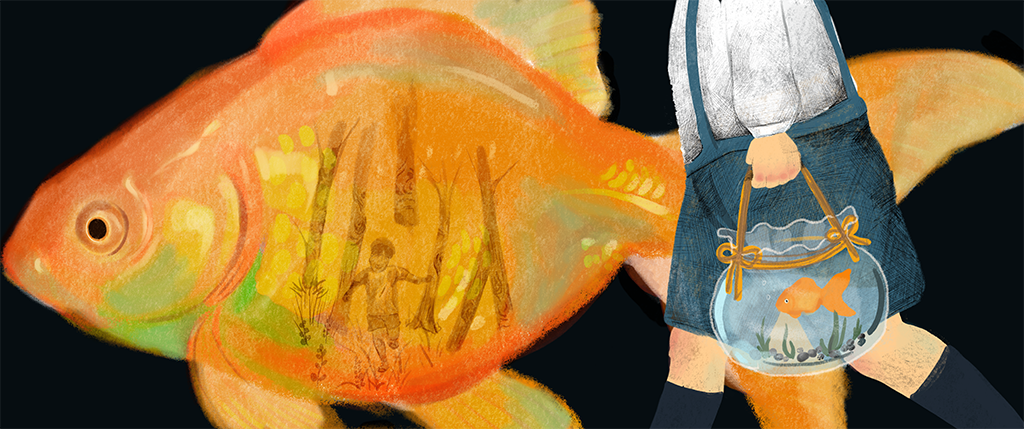
Discover how to use Procreate’s brushes and colors, along with all the essential gestures and tools you need to begin creating digital art on iPad.
Create a stunning, stylized landscape while discovering digital art fundamentals, and the Paint, Smudge and Erase tools in Procreate.
In this lesson
Students will learn to navigate Procreate's user interface and intuitive gestures.
Students will explore how color works in the digital space and how to use Painting tools to create marks on their digital canvas.
Students will be introduced to the concept of layers and the flexibility they offer.
Take your new digital art skills and expand them by delving deeper into how essential Procreate tools – color, brushes, layers and effects work.
Build a beautiful night scene step-by-step while discovering how to create type, use blend modes and layers, plus how to create you own brushes in Procreate.
In this lesson
Students will master QuickShape and ColorDrop, to create and fill perfect shapes.
Students will deepen their understanding of Layers Options, Alpha Lock and Blend Modes.
Students will be introduced to Procreate's Editing Tools, including Blur, Text, and Transform.
Unlock more creative potential as you get to grips with Procreate Editing Tool basics including Transform, Selection, Adjustments and Actions.
Creating this stellar artwork is all you need to understand layer masking and merging, transforming and how to produce magical results using Procreate’s Liquify.
In this lesson
Students will explore Selection and Transform modes to edit and manipulate their artwork.
Students will be introduced to non-destructive workflows by using Clipping Masks.
Students will build on their knowledge of Adjustments by using Blur and Liquify to add atmosphere to their artwork.
Open up the Actions menu and discover how to insert images, use drawing guides, and an animation tool so simple everyone can use it.
Bring your own butterfly to life using Animation Assist while learning to import images into Procreate to use as photographic reference, and halving your workload with Drawing Assist’s symmetry mode.
In this lesson
Students will learn to insert an image to their canvas, and how to refer to an image as a guide.
Students will use Procreate's Drawing Guides to create a symmetrical artwork.
Students will create a looping frame-by-frame animation, and understand key animation terms.
Required Readings
-

A Young Artist's Guide to Visual Perception
Volume 1
By the end of this volume, readers will have gained an in-depth understanding of how we see the world and how these insights can be used to bring their art to life.
-

A Young Artist's Guide to Visual Perception
Volume 2
It aims to empower you with a deeper understanding of advanced visual perception concepts.
-

Design Principles for Young Artists
Volume 1
This volume offers the foundations of design – the basic principles, elements, and knowledge to shape those dreams into tangible realities.
Sample Lessons
-

Colour Harmony
-

Shift Shapes
-
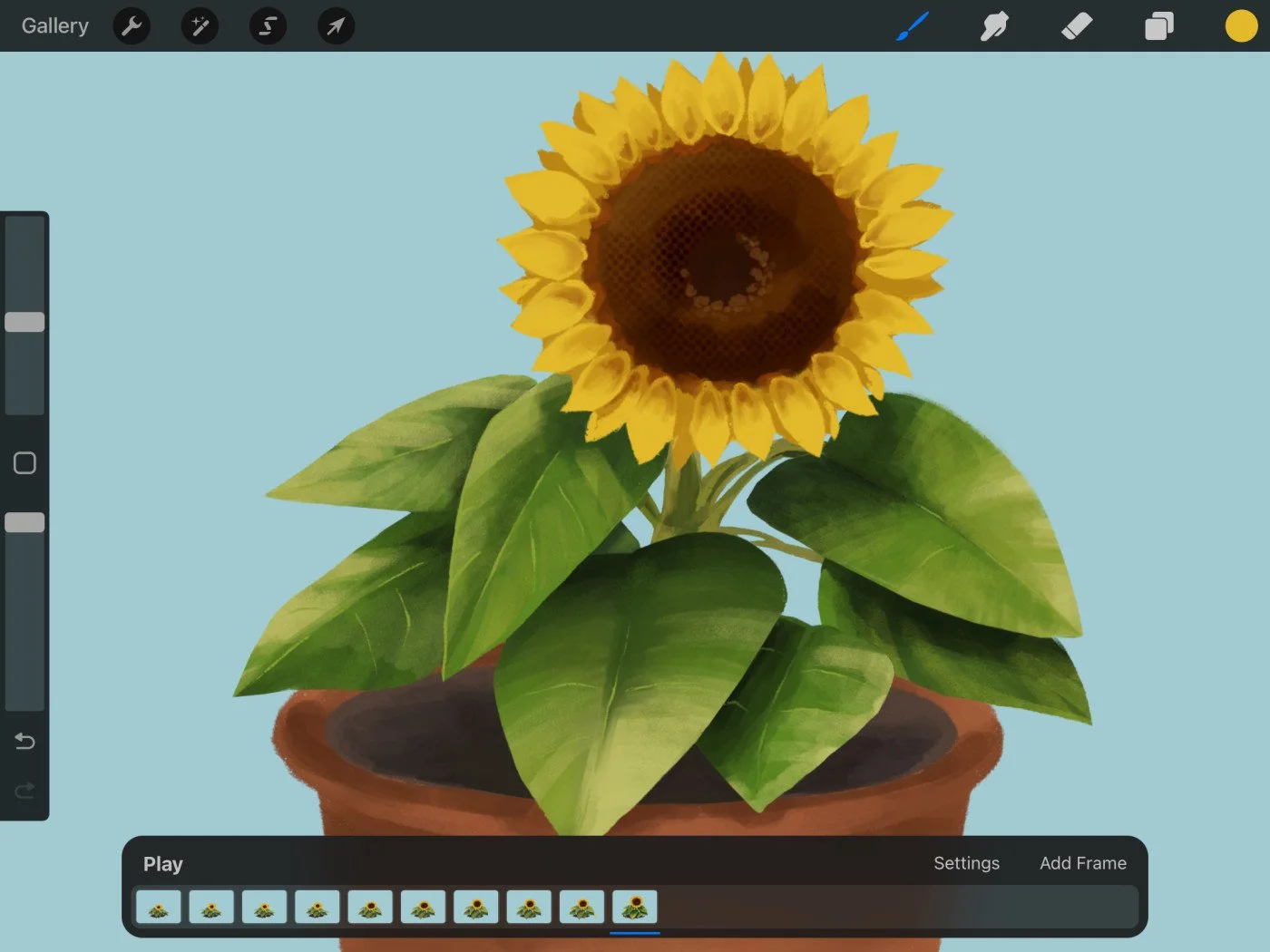
Sunflower
-

The Carbon Cycle
-

Out Planet
-

Visualizing Data
Part 3: Advanced Digital Illustration & Art Portfolio Development
The final section is a journey into the heart of visual storytelling. While students continue to hone their abilities with color, line, shape, depth, and perspective, this course invites them to explore how these artistic tools can become a language for personal expression. Here, art becomes more than a craft; it becomes a medium for students to communicate their ideologies, emotions, and individual perspectives to the world.
What students do:
In the final phase, students complete a portfolio of professional-quality illustration projects. Each student is given two picture book manuscripts to illustrate (90 hours of teaching and guidance), allowing them to work on real-world, narrative-driven content that challenges both creative and technical skills. The best works will be invited to be published on www.storybee.space.
Example: Agriculture (Human Geography) by Tara Haghighi - Draft / LineArt / Coloured -
Articulating personal ideas beautifully and effectively through art is uniquely valuable in the age of artificial intelligence. As AI becomes increasingly capable of replicating technique and generating images, what sets human creativity apart is the ability to infuse artwork with meaning, emotion, and intentionality. The power to communicate one's inner world, values, and vision visually is becoming one of the most essential skills in the modern creative landscape.
Ultimately, this section of the course prepares students not just to create art, but to become thoughtful storytellers and communicators. It equips them with a lifelong ability to express themselves in ways that are authentic, original, and deeply resonant with others—a skill that will benefit them. Let’s use an example below to explain this ideology:
Andrew Wyeth - Christina's World - MoMA - 1948
The story of Christina Olson:
After World War II, there was a girl named Christina Olson who lived on the edge of the sea in a gray, wind-worn farmhouse in Maine. The war was over, the soldiers had come home, and the world was rushing forward into the future. But on that quiet stretch of land in Cushing, time moved differently. Days were measured by the tide, the hum of bees, and the shifting shadows on the tall, dry grass. Christina was not like most women. Her legs had failed her when she was a child—never strong, never reliable. Doctors came and went with long words and little help. Some said it was polio. Others weren’t sure.
One summer, a young painter came to stay in the neighboring house. From his window, he often saw Christina moving through the field. Christina refused a wheelchair. She refused help. With her arms and her will, she pulled herself across the fields of golden grass that surrounded her home. She crawled with the strength of someone who didn’t believe in weakness. She became a familiar shape in the landscape—thin and wiry, moving low to the ground, as much a part of the land as the rocks and the tall, dry weeds. And though her movement was slow, her mind was sharp, her spirit quick.
The young painter painted her in that field, wearing a pale pink dress, her hair tied back, her arms bracing her as she looked up at the distant farmhouse. The house loomed far away, almost unreachable. The field between her and the house stretched wide and golden, whispering stories in the wind.
We do not see her face. We do not know if she is tired or hopeful, lost or longing. We only know she is trying—and that effort fills the painting with aching, quiet power.
Christina’s World.
A world where struggle lives beside beauty.
Where solitude is not loneliness, but independence.
Where the distance between you and your goal might be long, but it is yours to cross.
And so Olsen became timeless—not as a woman with a disability, but as a symbol of endurance, dignity, and the aching beauty of wanting something just out of reach.
In many different ways, Christina Olsen lives inside each one of us.
Embrace your challenges and face them fearlessly. Plan for your future, but take action today.
"Christina’s World" (1948) is Andrew Wyeth’s most iconic and widely recognized painting. It captures a hauntingly quiet moment in rural America and is celebrated for its emotional depth, technical precision, and powerful storytelling. Olson was the inspiration and subject of the painting, but she was not the primary model; Wyeth's wife Betsy posed as the torso of the painting. Olson was 55 at the time that Wyeth created the work.
The painting is held by the Museum of Modern Art (MoMA) in New York City.
Why This Learning Path Works
Structured progression from traditional to digital
Emphasis on creative voice and real-world application
Visual storytelling meets technical refinement
Builds confidence, literacy, and long-term passion for art
The StoryBee Art Journey is ideal for:
Middle and high school art classrooms
Homeschool art programs / Creative enrichment centers
Pre-college illustration preparation
Young professionals





